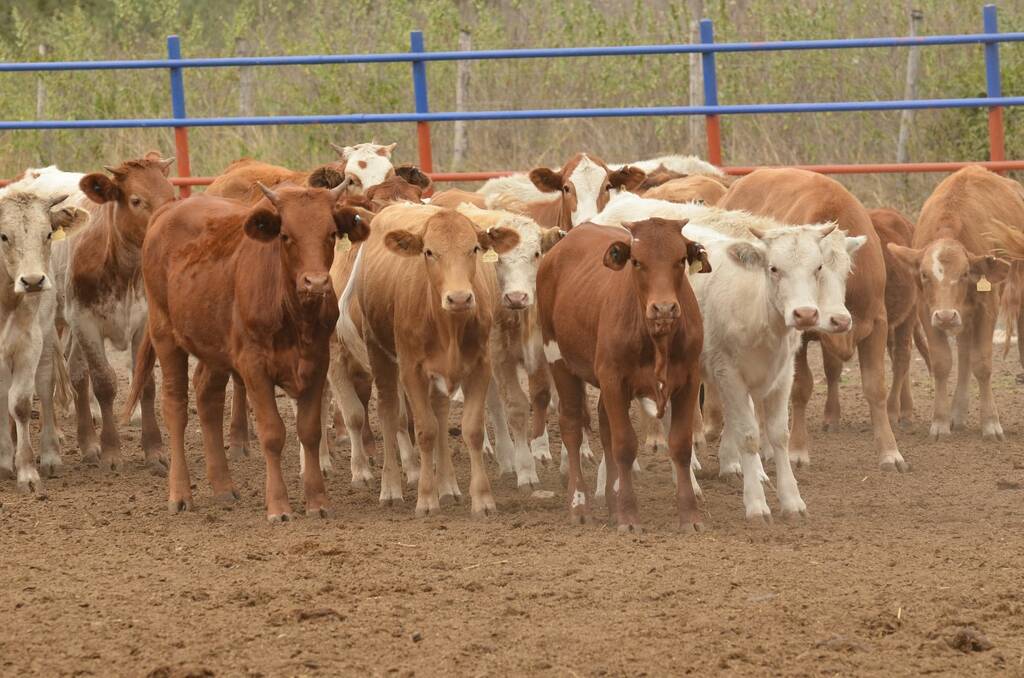Mexico recorded a 36.7% year-over-year decline in its calf and heifer exports to the United States from January to June 2022, to 394,565 head.
Cattle production provides vital economic activity for Mexico’s large tract of non-arable land, and the United States is the main export market.
Mexican cattle exports fluctuate seasonally, depending on weather conditions and the availability of forage for grazing.
Thus, cattle exports tend to peak in early spring (February-March) and late fall (October-November), when forage conditions deteriorate.
According to the U.S. Department of Agriculture, Mexico exports lighter weight feeder and feeder cattle because the U.S. has the comparative advantage of feeding cattle and raising them on available forages.
Although Mexican cattlemen take pride in exporting cattle to the United States, international beef prices continue to become increasingly attractive, while domestic demand is also growing.
Calf exports
The U.S. Department of Agriculture claims that Mexican cattlemen fatten their animals in Mexico for slaughter and make better profits by accommodating different cuts of meat in different markets, rather than exporting live animals.
This phenomenon is a balancing act between being labeled as a live cattle exporter and obtaining a differential price for beef in other markets.
Improved quality, combined with improved health status in several regions and a generally strong demand for Mexican cattle in the United States, has led to increased exports from more Mexican states.
After exporting 1 million 293,335 head to the United States in 2019, Mexico shipped 1 million 418,093 head to the same destination in 2020 and 1 million 081,949 head in 2021, according to statistics from the Ministry of Agriculture.
Mexico is divided into four climatic zones: arid, semi-arid, temperate and tropical. The tropical zones can be further divided into humid tropical and dry tropical.
In general, cattle are produced in virtually all climatic environments in Mexico, and production systems and costs depend on climate.
The productivity of each livestock production system – or the costs to achieve a given level of productivity – varies from region to region.
![]()

